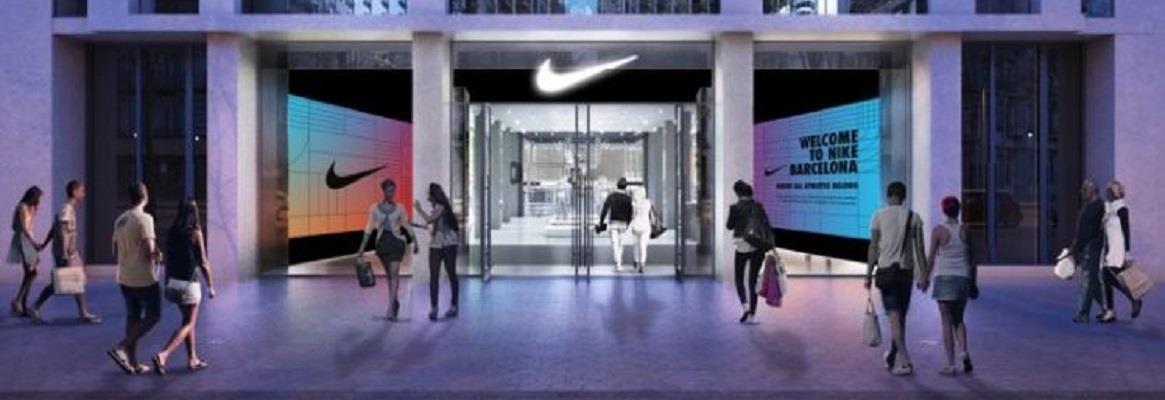I usually prefer to mention niche players success stories because writing about big players making the right moves is not big surprise. But, when you are an elephant, adapting to changes is not easy neither fast. Even though, a few big apparel companies are dominating the industry showing no weaknesses. In my opinion, two apparel retailers excelling at managing their businesses in the digital era are Zara (Inditex) and Nike.
Nike is becoming a “luxury” company and a “tech” giant as well. Social trends are breaking up traditional borders between sportswear, urban brands and luxury (eg Zegna acquired Thom Browne). Sportswear brands are embracing streetwear and casualwear while Covid-19 is accelerating lifestyle trends. Luxury brands keep launching capsule collections or limited editions, partnering with sportswear brands (eg The North Face x Gucci) or independent designers.

Fashion is listening to social trends (product is “community-focus”). In this regard, retailers are investing to understand (sense and predict) the customer journey. Nike latest acquisitions include Zodiac, Invertex and Celect. Zodiac develops a software analytics platform that forecasts the behaviour and value of individual customers and customer segments. Invertex leverages 3D scanning to allow a customer specific e-commerce experience and create mass customisation product lines. And Celect is a retail predictive analytics and demand sensing firm.
The most valuable assets for retail companies are customers. Digitisation is enhancing the back-end business and retailers adapting to current changes are transforming their front-end stores to respond to this “urban” need. Translating fashion styles that are “made in streets” into a diverse retail format brings new opportunities. The one-size-fits-all or McDonaldisation of store experience is dying and department stores are probably the most endangered species. Leading brands are creating local curated customer experiences to forge loyalty “tourists” that want to engage on an emotional, genuine experience.
But this is not only impacting to fashion designs or retail stores. As I said, this is about social trends. Beer drinkers in Western markets are turning away from mass-produced lager brands such as Heineken, Stella Artois and Coors and opting for the richer flavors, quirky ingredients and striking aesthetics of independently-brewed craft beers. Consumers are willing to pay for as they seek unique, localised and regional products with a story behind them, as reported WSJ in August 2020 (In Europe, a Taste Grows for Craft Beer. Simon Zekaria. The Wall Street Journal).
In previous articles, I described Nike's merchandising strategies or supply chain models in regards made-to-order or customisation. I also described how Nike was moving from a B2B to a B2C player with its direct consumer offense, even breaking up with Amazon.

Nike recently introduced Live Stores, and the latest formats are Unite and Rise. These two new store formats are responding to the mentioned unique, local experience when global stores are so boring and high street retail is suffering. The “flagship” store is adapting to new retail, creating new experiences in different store formats. Retail urban integration is definitely mutating.
Divide et impera
Nike latest stores format includes Rise (its first store recently opened in Guangzhou) and Unite.
Nike Rise curates a 1-to-1, personalised shopping journey that connects consumers to sport (real-time events in the city), their communities (Nike Members in a geographic area) and one another. Nike turns the city into a digitally-enabled playground for members, focusing on the how (doing sport, enjoying the experience) and not only the what (product). The new store offerings include Nike By You (customisation), Nike Running Club App connected to experts and master trainers, and Nike Fit (shoppers can get their feet scanned by a store athlete/staff to find the best fit for any footwear).

Then, Nike Unite serves as a community centrepiece connected by sport. The products are reflective of what the community is interested in: locally curated, every-day essentials at the best price, matched with the newness of select seasonal offerings. Additionally, Nike hires people who live in the local community.
This article has not been edited by Fibre2Fashion staff and is re-published with permission from fashionretail.com









Comments